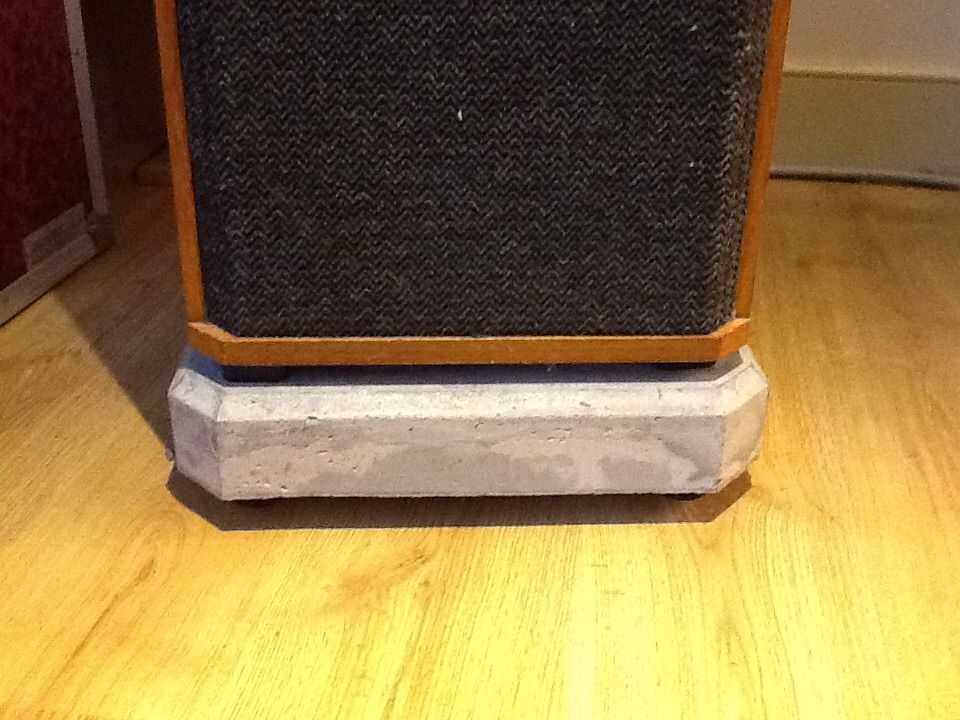Hi Paul
Re-spacing and positioning the coils is not guaranteed to work, but its about the only thing I've not tried.
My gut feeling is the resonance is inherant with the type of band pass filter used, but it is worth trying as you suggested, as new boards are being made anyway.
I'm in the process of doing just that. I was going to buy new coils but having spent a lot on experimenting allready I decided to re-use the stock items. I will have to carefully remove them from the board they are allready stuck to. Another reason for keeping them is that all my other part values have been derived using these, which do not measure to the exact values that Celestion quote on their drg. Getting new coils with the same Inductance and RCD values would be tricky, although not impossible to find within a very close margin (Jantzen air core) but would add another £60 to the build.
I'm finalising cap values/make and L-Pad values for driver attenuation at the moment and then doing an alternate layout on a much larger board (310 x 260mm). This is the largest that will fit through the ABR driver aperture. I have the Paxolin board and the brass eyelets arived this morning for making the solder points on the boards, so not far off.
The new board will sit behind the ABR unit away from the big Bass driver magnet and will have six 15mm diameter holes in it just below the centre so I can get to the six binding posts mounted behind it, so as to make the conections. I didn't want to move the binding posts for originality reasons. The two second largest coils (2.2mH) will be moved further away from the largest coil and turned on their side with the axis at 90 degrees to the large one. The other two small coils will be positioned away from these and avoiding their axis lines. That should do the trick.
I'll post some pictures when I get these boards done.
Need to get a wiggle on as I want them compleated and run in for NEBO5 on 10th January.




 Reply With Quote
Reply With Quote
 Originally Posted by Qwin
Originally Posted by Qwin





 This would have affected the minority I suspect, which is why you still see most using the same values/make-up of values. One doesn't have to think too hard on this as they didn't take the trouble to wind coils tightly enough nor orientate them correctly. It would hardly be surprising then to learn that many manufacturers, Celestion included, may have used what was to hand when needed for making up values.
This would have affected the minority I suspect, which is why you still see most using the same values/make-up of values. One doesn't have to think too hard on this as they didn't take the trouble to wind coils tightly enough nor orientate them correctly. It would hardly be surprising then to learn that many manufacturers, Celestion included, may have used what was to hand when needed for making up values.

